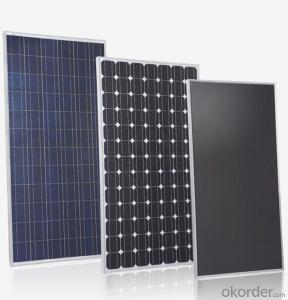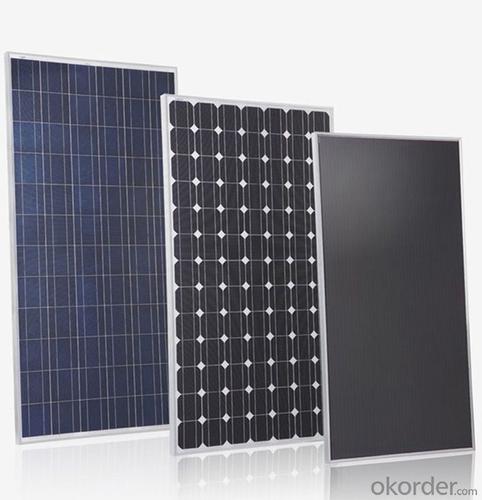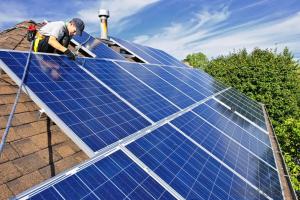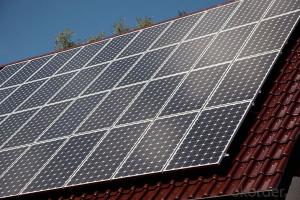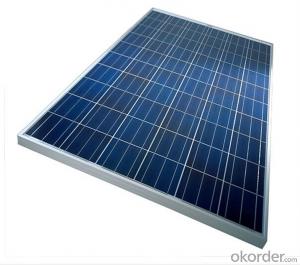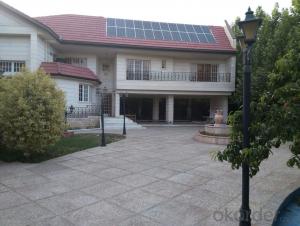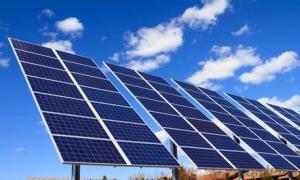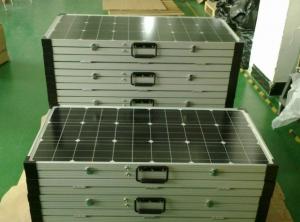Solar Panels Guam Energy Saving Photovoltaic Module Purchase
- Loading Port:
- Shanghai
- Payment Terms:
- TT OR LC
- Min Order Qty:
- 7875 watt
- Supply Capability:
- 10000000 watt/month
OKorder Service Pledge
OKorder Financial Service
You Might Also Like
Specification
Solar Module Summarize
Solar Module is the core part of solar PV power systems, also is the highest value part of it. The function of Solar Module is to convert the sun's radiation to electrical energy, or transfer it to battery and store in it, or to drive the load running.
The Product has been widely used in space and ground, it mainly used for power generation systems, charging systems, road lighting and traffic signs areas. It could offer a wide range of power and voltage, and with high conversion efficiency, and long service life.
Company Description
CNBM International Corporation, as an important external business platform of CNBM Group, plays as a role to export solar products produced by CNBM. Headquartered in Beijing, We have entered into Solar PV industry since 2005. CNBM Solar is specialized in PV power systems which takes advantage of reliable supplying, convenient installation and free maintenance, and has been used widely, and it is the compensation and substitution of normal power supply. We provide power solutions for home, business and industrial customers, and provide off-grid PV systems for rural area. Our company not only can supply high quality solar Products, but also provides professional system Solutions and high quality services.
Technical Parameter:
Model Type | Good Quality 250W Solar Panel |
Peak Power-Pmax(W) | 250W |
Open Circuit Voltage-Voc(V) | 44.2 |
Maximum Power Voltage-Vmp(V) | 36 |
Short Circuit Current-Isc(A) | 5.4 |
Maximum Power Current-Imp(A) | 5 |
Maximum System Voltage | 1000V DC |
Maximum Series Fuse Rating | 10A |
Power Tolerance | -1~+3% |
Temperature Coefficients of Pmax | -0.45%/℃ |
Temperature Coefficients of Voc | -0.348%/℃ |
Temperature Coefficients of Isc | 0.031%/℃ |
Nominal Operating Cell Temperature | 44.5±2℃ |
Standard Testing Condition(STC) | Irradiance:1000W/m²;Temperature:25℃;AM=1.5 |
Qualification Test Parameters | |
Operating Temperature | -40℃~+85℃ |
Storage Temperature | -40℃~+85℃ |
Pressure Bearing | ≥5400Pascal/m² |
Wind Bearing | ≥5400Pascal/m² |
Mechanical Characteristics | |
Cell Size | Mono 156*156mm±0.5 |
No.of Cells | 60pcs(6*10) |
Dimension | 1640*992*40mm |
Weight | 18.8Kg |
Glass | 3.2mm High Transmission,Low Iron |
Frame | Anodized Aluminum Alloy |
Junction Box | IP65Rated |
Internal Diodes | 3 Bypass Diodes |
Cable | 1*4.0mm² Length 900mm |
Product Show:
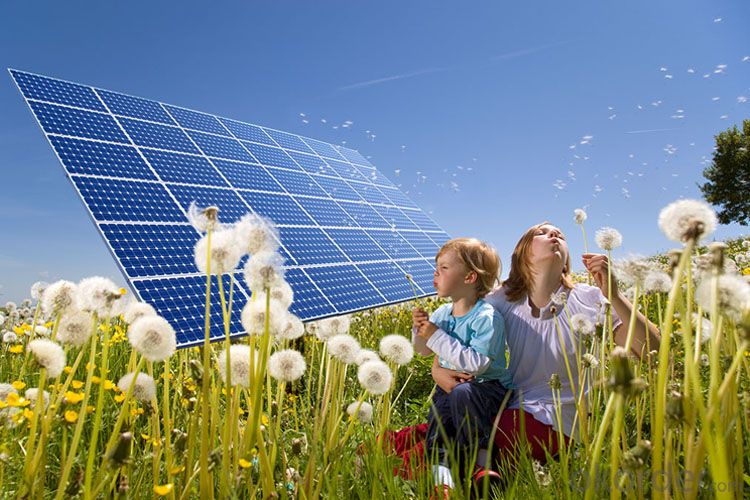
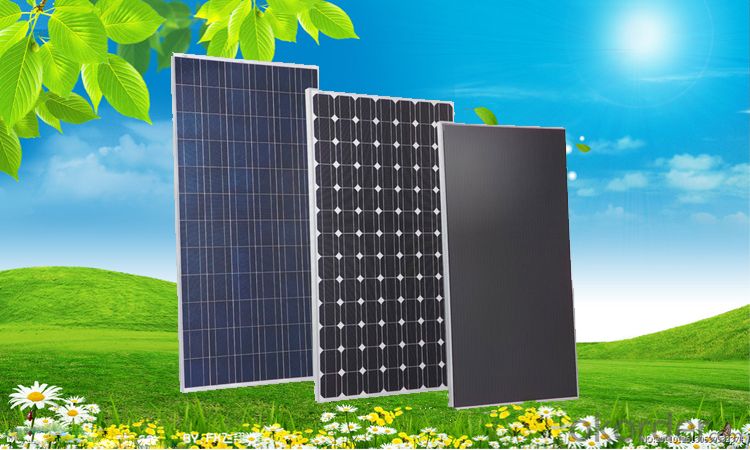
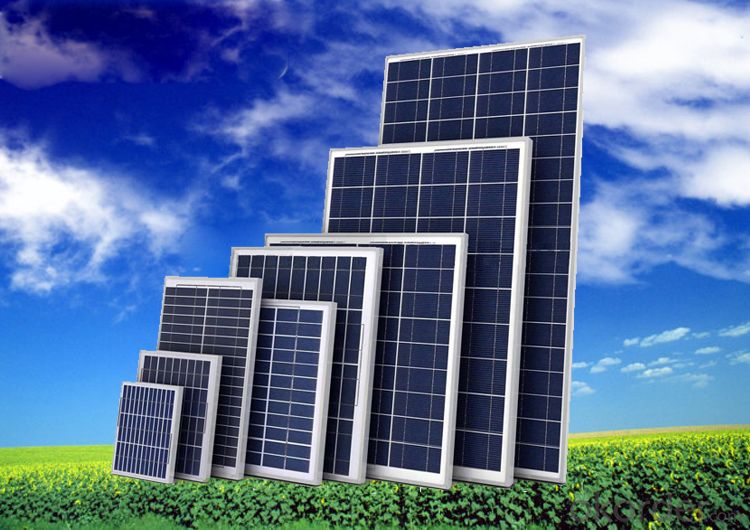
Packing & Shipping:
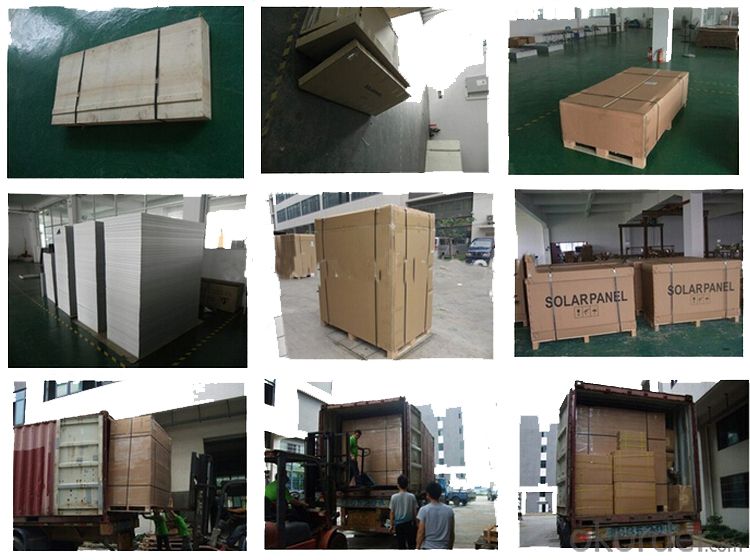
We have rich experience on how to pack the panels to make sure the safety on shipment when it arrives at the destination.
The normal size is packed by 25pcs/ carton / pallet. Paper carton for FCL shipping and wood carton for LCL shipping.
FAQ:
(1)Have you ever sold your products to companies in my country?
Of course, we have customers in all general PV markets, but I think we should expand our market share along with the market growth.
(2)When did your company set up? You are a new company, how can I believe your quality?
We entered into Solar PV industry in 2005, now we have several plants in manufacturing of a-Si and c-Si panels, and our capacity is 220MW per year. Till now we have already passed all the tests by authorized laboratories, e.g. TUV, VDE, UL.
- Q: What is the difference b/w them which one is better .
- In the practical sense, the differences are trivial. I'd buy on price per watt, unless space is at a premium (it isn't for most installations).
- Q: Can solar panels be installed on refugee camps?
- Yes, solar panels can be installed on refugee camps. In fact, they have been successfully implemented in many refugee camps around the world. Solar panels provide a sustainable and reliable source of electricity, which is crucial for powering lighting, charging mobile phones, running medical equipment, and other essential needs. Additionally, solar energy helps reduce the dependence on fossil fuels, lowers costs, and improves living conditions for refugees.
- Q: I had an idea for new parabolic solar panels shaped like horseshoes. They can install them outside buildings facing the equator. They could angle them from the ground based on how many degrees latitude the location and rotate them according to seasonal changes. The disadvantage of photovoltaic panels is that they are not all capable of receiving direct sunlight. That is the quintessential reason I believe horseshoe solar panels are more effective than flat rectangular ones. One side could function in the morning; the middle could perform at midday; and the other could operate during the evening. That method seems more sensible than hourly positioning. I'm certain horseshoe panels could save and produce more electricity. A football stadium, shopping mall, or outlet center would be a fantastic place. What do you think?
- The panel's own shadow at different times will defeat the purpose. In addition large areas of expenssive panel will remain idle. Flat panels are the most economical solution.
- Q: What is the impact of snow accumulation on solar panels' performance?
- Snow accumulation on solar panels can significantly reduce their performance. The layer of snow acts as a barrier, preventing sunlight from reaching the panels and reducing their ability to generate electricity. Additionally, the weight of the snow can cause structural damage to the panels if not properly cleared, potentially leading to long-term issues. Therefore, it is important to remove snow from solar panels to ensure optimal performance and longevity.
- Q: Can solar panels be connected directly to motor?
- The sun is irradiated on the semiconductor p-n junction to form a new hole-electron pair. Under the action of the p-n junction electric field, the holes flow from the n region to the p region. The electrons flow from the p region to the n region, and the current is formed after the circuit is turned on.
- Q: i want to know how to hook up solar panels to my existing power. all i can find on the internet is to use batteries and a inverter. but i want to use all of my existing lights and outlets off of the solar energy. i have heard that you can actually turn the meter backwards and use supplied power when needed. thats what i want to do and is it possible to do myself and if so, how?
- Contact your power company. They will advise you of the proper configuration. If you try to attempt this without notifying the power company and something goes wrong, they can and most likely will hold you responsible for all damages.
- Q: Do solar panels require direct sunlight to generate electricity?
- No, solar panels do not require direct sunlight to generate electricity. They can still generate power even in cloudy or overcast conditions, although the amount of electricity produced may be reduced.
- Q: I was watching an idiot abroad, and I saw a family that lived in tent like huts, with no plumbing. And they had a solar panel, now if they can afford it, I know I can. Where do you get cheap ones?
- Guide okorder /
- Q: How much energy can a solar panel generate?
- The amount of energy a solar panel can generate depends on several factors, including its size, efficiency, and the amount of sunlight it receives. On average, a typical solar panel can generate between 250 to 400 watts of power per hour. However, larger and more efficient solar panels can produce even higher amounts of energy.
- Q: OK, so if you put solar panels up on a roof, they are busy turning the sun's energy into electricity. So, does that mean the roof (and therefore the house/structure) stays cooler as well? Or does it still get hot, because . . . I dunno, maybe the panels don't convert all the energy, and the spillover still heats up the building.Any links or URLs to scientific answers would be appreciated, but I don't mind hearing from the Average Joe or (Joelle).
- I asked the same question once to a PV install during a seminar a few years back, and he explained the following: No, PV panels do not reflect or absorb much heat from going into the building below but there is a reason for this: PV panels that reflect / absorb heat produce less electricity. They are designed to Thermally Transparent. Even worse if installed incorrectly without a good angle and air gap to allow the heat to escape the panels will actually trap this heat and increase the interior temperature of the building below! Below is the scientific analysis that is quite verbose but has two nice graphs at the end. To summarize: Adding PV panels, at best, shaded the building enough to reduce the load of the interior A/C unit by .8 kWh/sq-m/year. The electricity generated by the panels was about 356 kWh/sq-m/year. You can see the big advantage of PV panels is to make power, not reflect heat. Proper insulation is much cheaper and will do a much better job. Don’t worry, I was shocked too, but like anything it makes sense after it is explained.
Send your message to us
Solar Panels Guam Energy Saving Photovoltaic Module Purchase
- Loading Port:
- Shanghai
- Payment Terms:
- TT OR LC
- Min Order Qty:
- 7875 watt
- Supply Capability:
- 10000000 watt/month
OKorder Service Pledge
OKorder Financial Service
Similar products
Hot products
Hot Searches
Related keywords
